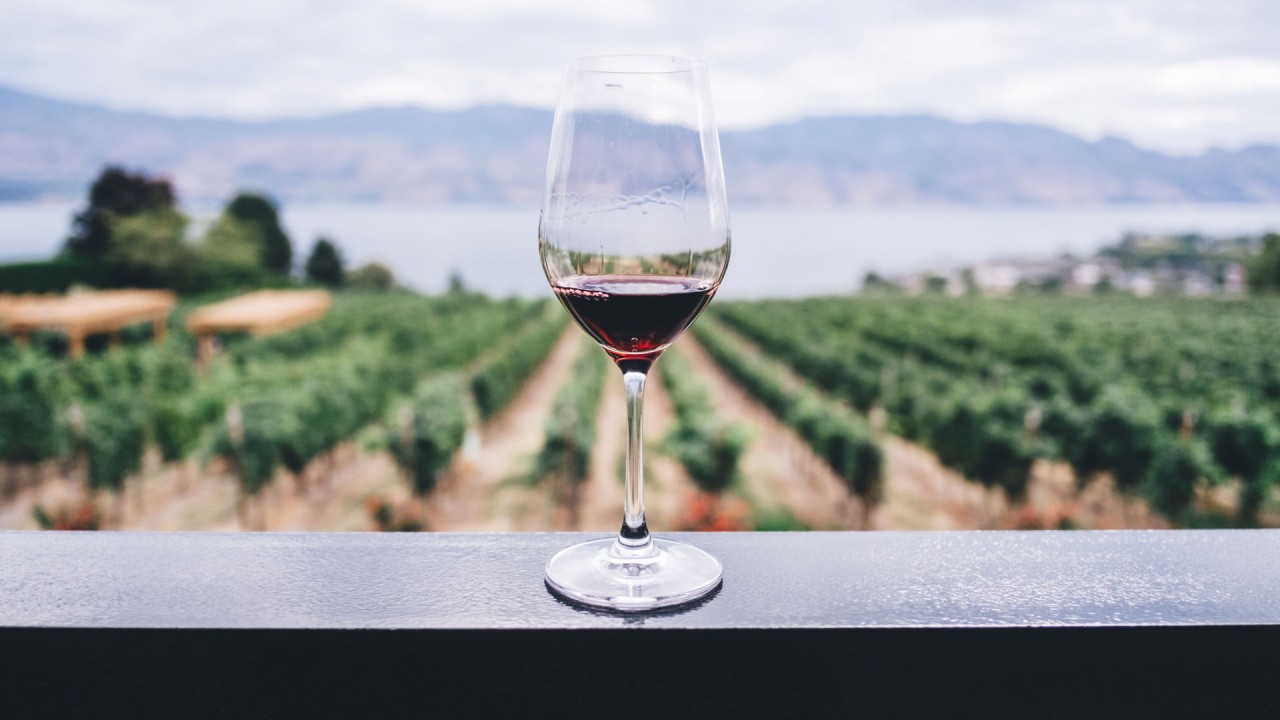
Dal 10 al 13 aprile torna la manifestazione rimandata per due anni a causa del Covid, con un’impronta sempre più business: oltre 4.400 espositori da 19 nazioni, più di 700 top buyer da 50 Paesi. Per gli amatori c’è «Vinitaly and the city», il «fuori salone» diffuso in città
L’ultima edizione in presenza era stata quella del 2019. Poi, due anni di buio a causa della pandemia. Ma adesso si riparte davvero, con Vinitaly numero 54, in programma a Verona da domenica 10 a mercoledì 13 aprile e appena presentato a Roma. «Sarà un’edizione molto orientata alle aziende, con oltre 4.400 espositori da 19 nazioni, più di 700 top buyer da 50 Paesi selezionati insieme a Ice. Lo scopo della manifestazione è incrementare il posizionamento del vino italiano nei mercati internazionali, partendo da quelli più maturi e arrivando a quelli emergenti», ha detto durante la presentazione ufficiale del 30 marzo a Roma Maurizio Danese, presidente Veronafiere Spa. E infatti tra i top buyer la delegazione più ingente è quella del Nordamerica (130 presenze, tra cui i monopoli canadesi), ma non mancano l’Asia e l’Africa (5 Paesi, è la prima volta: Mozambico, Kenya, Etiopia, Camerun e Angola), mentre la Federazione russa non sarà presente (alcuni buyer, però, potrebbero arrivare in autonomia). Per ricreare un Vinitaly pre-pandemia che però guardi anche al futuro sono state seguite delle linee ben precise: «Potenziamento del business in fiera, selezione degli operatori e incremento della quota estera sono state le direttrici di lavoro per il 2022, che impegneranno la fiera di Verona anche nel medio termine», ha spiegato Danese. Senza contare il taglio sempre più sartoriale dell’offerta: «Quest’anno — ha aggiunto Giovanni Mantovani, direttore generale Veronafiere Spa — registriamo un’alleanza ancora più stringente con le aziende di Vinitaly, che hanno aderito all’iniziativa di incoming di buyer taylor-made, ossia selezionati direttamente dai produttori e invitati dalla fiera. Uno sforzo, anche in termini economici, che ci consente di centrare l’obiettivo e di ampliare ancora di più la platea professionale internazionale, che rappresenta uno dei punti di forza della manifestazione». Questo approccio è stato studiato nei due anni di stop, anche grazie all’indagine condotta su 230 aziende del vino italiane dalla società di consulenza Roland Berger. «Le linee guida della fiera del futuro — ha chiarito Mantovani — sono la crescita internazionale e l’ulteriore selezione qualitativa dei buyer, la riduzione dei wine lover in Fiera, il miglioramento dei servizi logistici, la creazione di show ad hoc nei vari settori produttivi dedicati ai buyer, e lo sviluppo della piattaforma online Vinitaly Plus». Oltre ai buyer, già quest’anno sono stati invitati influencer, giornalisti internazionali, giudici e wine critic. L’obiettivo? «Trasformare il Vinitaly in un punto di riferimento mondiale per questo settore», ha detto Roberto Luongo, direttore generale Ice. Le fila economiche le ha tirate il ministro delle Politiche agricole Stefano Patuanelli: «Dal 2000 il valore delle esportazioni del vino italiano è triplicato, tranne nel 2020 per il Covid, con un aumento delle vendite dei vini Dop e delle bollicine, trainate dal Prosecco. Ma le cose possono andare meglio: come esportatori siamo i secondi in valore e primi in quantità in Europa, non mi accontento. Dobbiamo diventare i primi in valore, per remunerare giustamente i produttori, spesso l’anello debole della catena. Anche questa filiera sta pagando l’aumento dei costi di produzione, dal reperimento del vetro a quello della carta. Quindi la nostra guardia resta alta, anche sul tema dell’etichettatura che non deve penalizzare il vino con il Nutriscore. Noi faremo il possibile per escluderlo, perché non è un elemento informativo ma di distorsione del mercato e di condizionamento del consumatore. Stiamo invece lavorando a un sistema integrato per la certificazione della sostenibilità del vino italiano, nel 2023 avremo un bollino unico».
I dati: 9 italiani su 10 consumano vino, dato in crescita rispetto alla pandemia
Ma non si può parlare di vino senza parlare di consumatori. Dall’ultimo Osservatorio Vinitaly - Nomisma Wine Monitor «Gli italiani e il vino» emerge che l’89 per cento dei connazionali consuma vino, dato in crescita rispetto al pre- Covid. Per effetto, soprattutto, di un’impennata della platea di giovani maggiorenni. Rispetto al 2019 i consumatori appartenenti a Generazione Z e Millennials (18-41 anni) sono infatti considerevolmente aumentati (dall’84% al 90%) ma non sulle quantità, mentre rimane invariata l’incidenza dei consumatori della Generazione X (89%, 42-57 anni) e si abbassa la quota dei Baby Boomers (over 57 anni), che perdono il primato della numerosità (non della frequenza al consumo) passando dal 93% al 90%. Rispetto a tre anni fa sono cambiate anche le tipologie preferite. Secondo l’indagine, il trend di crescita più marcato riguarda i consumi di vini mixati – principalmente gli spritz – che incontrano una penetrazione del 63% della platea (vs il 56% del 2019). In aumento anche tutte le altre tipologie, con gli spumanti, i rossi e i bianchi, tutti all’81% (erano al 77%) e i rosati al 63% (vs il 57% nel 2019). Ma spumanti, rosati e spritz sono oggetto di consumi saltuari in particolare da parte degli under 40. Diverso l’approccio sul vino rosso, che rimane lo zoccolo duro degli abitudinari con circa il 60% dei Baby Boomers che lo consuma 2-3 volte a settimana. Per il responsabile di Nomisma Wine Monitor, Denis Pantini: «La crescita dei vini premium nella grande distribuzione, a partire dagli spumanti, è un’eredità che il Covid ci lascia e che, unita alla ripresa dei consumi fuori casa, può condurre a un incremento nel valore di mercato del vino consumato in Italia, oggi pari a 13,8 miliardi di euro, il 7% in meno di quanto raggiunto nel 2019». I vini del futuro per gli italiani? Perdono terreno i vini autoctoni, ne prendono i vini biologici e sostenibili, amati dai Millennials (già il 24% in questa fascia d’età è frequent user, mentre un Boomer su due non li ha mai assaggiati nell’ultimo anno). Continua anche la crescita dei rosé.
Le novità in Fiera
Nei 17 padiglioni della Fiera, quattro le aree nuove: Orange wines, MicroMegaWines - Micro Size, Mega Quality, una nuova sezione riservata alle produzioni di nicchia a tiratura limitata e di altissima qualità, Organic Hall che implementa l’offerta di Vinitaly Bio e Mixology, che debutta ufficialmente con un proprio format. Per quanto riguarda gli eventi, sono circa 30 i convegni in programma a Verona e 76 le super degustazioni che portano la firma anche di Vinitaly, e il cui ricavato verrà devoluto all’accoglienza dei profughi ucraini. Qualche esempio: «Iconic Women in Italian Wine» (10 aprile), tasting guidato da Monica Larner e Alison Napjus, rispettivamente di Wine Advocate e Wine Spectator, per la prima volta insieme per raccontare la storia di 6 cantine italiane al femminile. «Rossi autoctoni italiani, la forza della leggerezza», il tema scelto dal primo Master of Wine italiano, Gabriele Gorelli (11 aprile) che condurrà in tandem con la spagnola Almudena Alberca, MW. Il cambio generazionale è invece il focus del grand tasting «Di padre in figlio: il futuro del vino italiano», la degustazione di Riccardo Cotarella e Luciano Ferraro che porta nei calici la storia di alcune tra le aziende più rappresentative del Belpaese in cui è in corso il passaggio del testimone. Spazio anche agli espositori esteri nell’International Wine Hall, il padiglione riservato alle produzioni internazionali. Presenti quest’anno Francia, Brasile, Slovenia, Argentina, Spagna, Serbia, Macedonia, Libano e Sud Africa. A queste si aggiungono le degustazioni nei 4.400 stand delle imprese che, ad oggi, hanno iscritto complessivamente oltre 17mila etichette su VinitalyPlus, la piattaforma business di Veronafiere aperta tutto l’anno. In contemporanea a Vinitaly anche le fiere Sol&Agrifood, Enolitech e Vinitaly Design.
«Vinitaly and the city»
«Oggi si lancia il Vinitaly del futuro — ha detto il sindaco di Verona FedericoSboarina —. Arriverà la nuova stazione dell’alta velocità, l’attuale scalo merci diventerà un parco. La città investe sulla sua fiera di punta, sistemando proprio l’area urbana in cui il Vinitaly si svolge. E i wine lover sono attesi a Vinitaly and the city, in programma dall’8 all’11 aprile con un palinsesto di eventi e degustazioni nelle vie del centro di Verona».


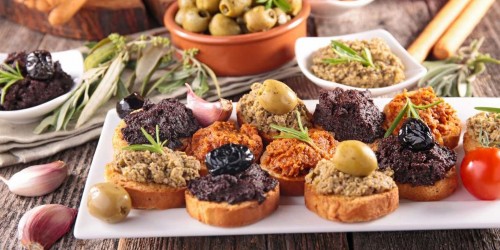










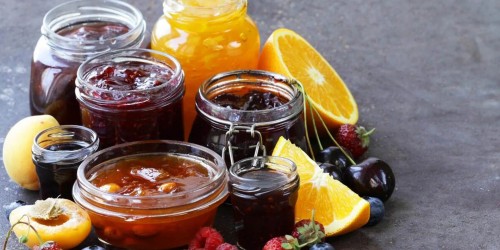





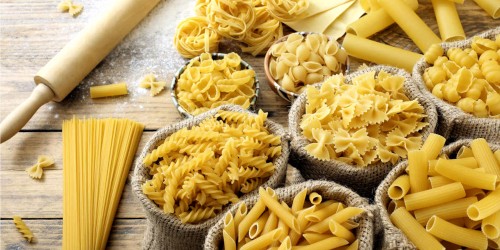


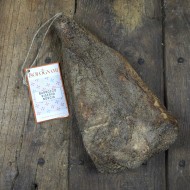
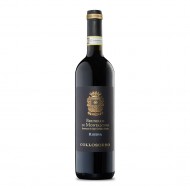
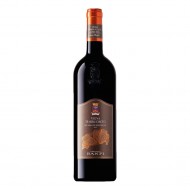
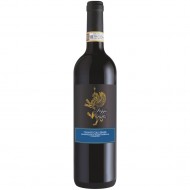





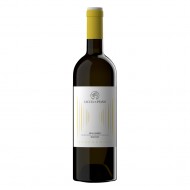

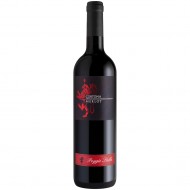



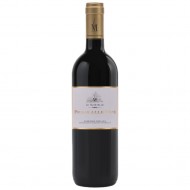

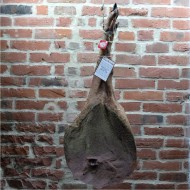


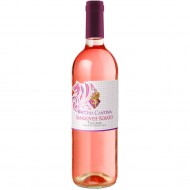




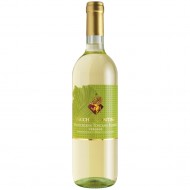






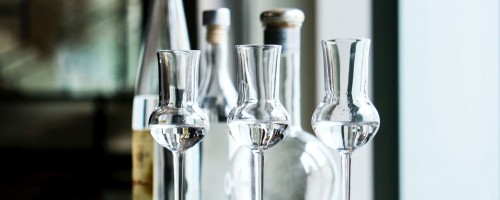



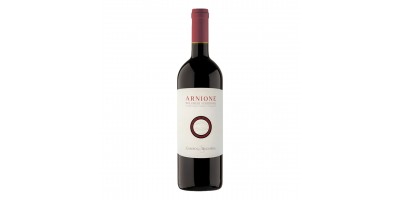
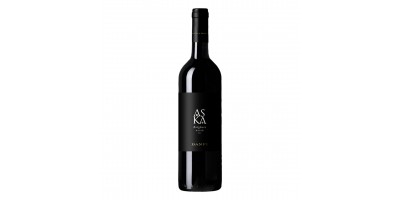
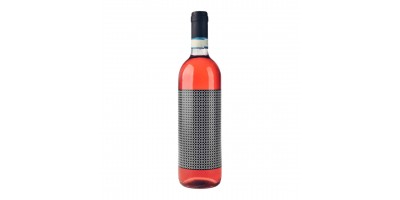
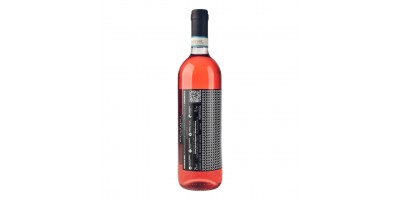
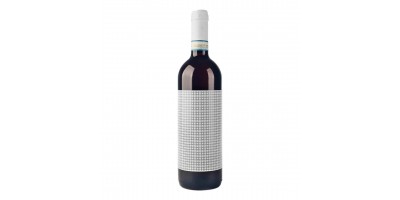




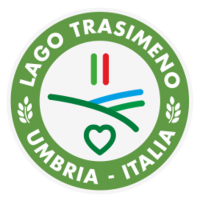

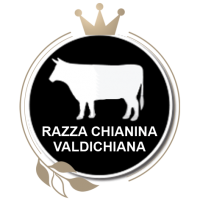
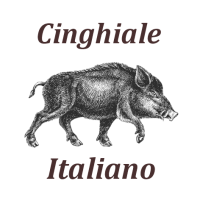
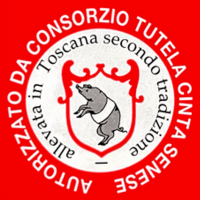
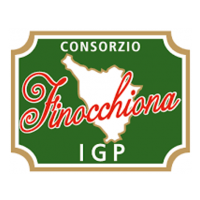





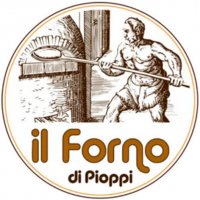











Lascia un Commento